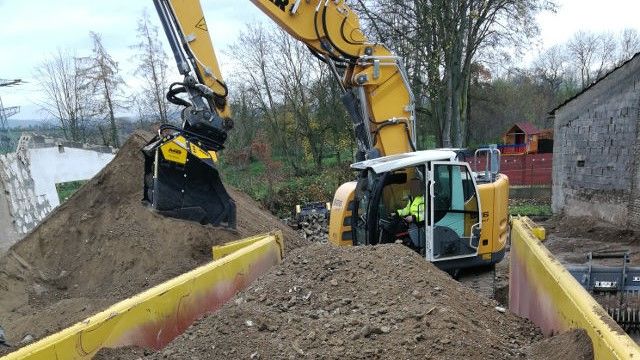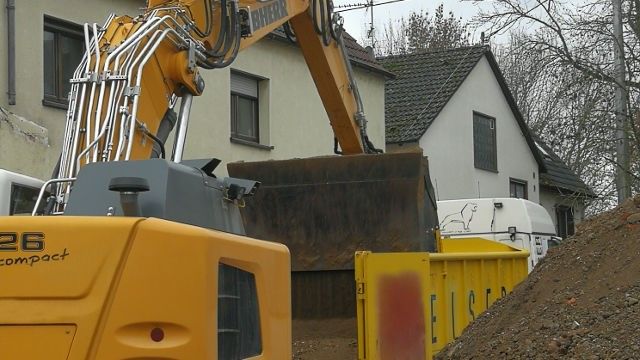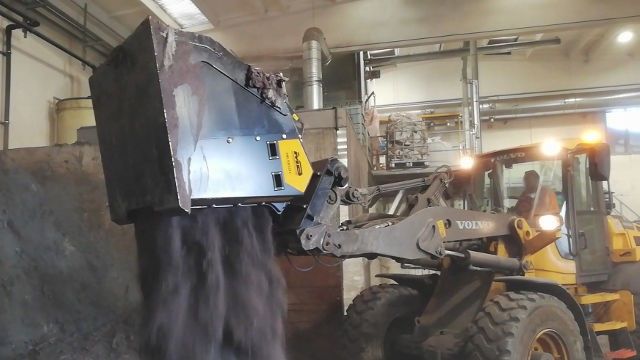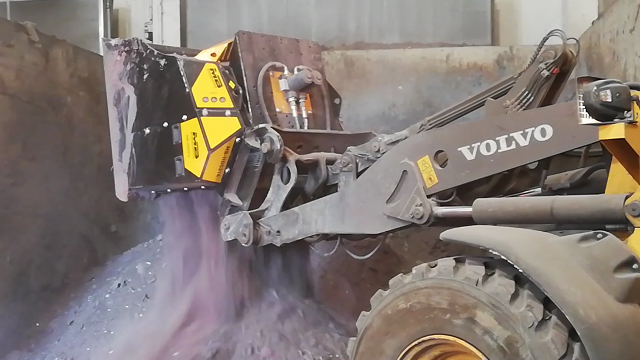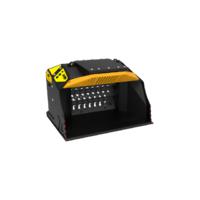Which materials can the MB-HDS padding bucket process?
What if you only needed one machine, with one shafts screener bucket, and a single operator to process different kinds of material on site, and you’ll save time and money?Everything would be more efficient and cost effective. Everything would be more efficient and cost-effective.
The good news is that MB Crusher already has a solution with its new line: the MB-HDS shafts screener buckets.
WHAT MAKES THESE MACHINES SO UNIQUE?
✔ quickly change the shafts directly on site
✔ versatile and suitable for a variety of application areas
✔ easy on site maintenance
✔ a hydraulic shock absorber reduces shock when changing the direction of the shafts
LET'S LOOK AT WHAT THE NEW MB-HDS PADDING BUCKET CAN DO BY VISITING A FEW JOB SITES
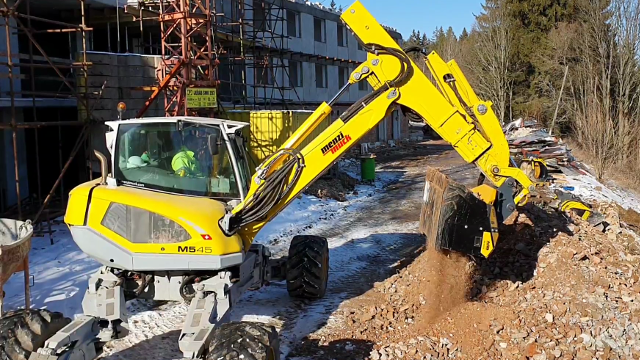
DEMOLITION MATERIALS
We are in the Czech Republic where an old guest house is being restored. The customer needed to recycle demolition material on site in order to minimize transportation and disposal costs.
Because of this, the customer chose the MB-HDS214 star screening, installed on an M545 Menzi Muck excavator and equipped with the RQ20 shaft kit.
The customer's benefits are doubled:
- independent production of high quality screened material to be used as substrate;
- save on the cost of buying new aggregates needed for the construction site.
WET SOIL
Let's move on to Poland, where a company used the MB-HDS320 shafts screener on a JCB JS175 excavator to screen wet soil and use it to reinforce river banks.
The soil tended to turn into mud, but thanks to the RQ50 shaft kit and the MB shafts screener enabled the customer to achieve their desired results. The RQ50 shaft kit is ideal for, among other things:
- to screen soil, damp inert materials;
- select material for composting;
- aerating soil.
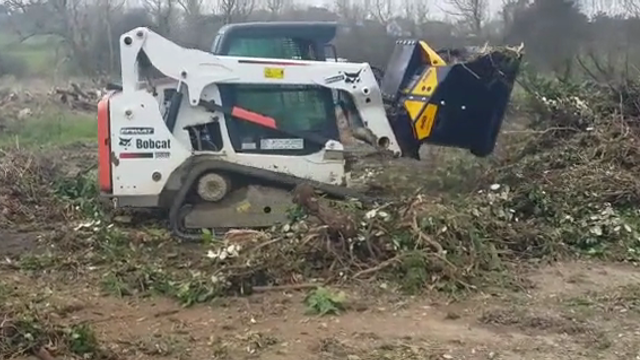
BRUSHWOOD
Let's go to France, where an MB-HDS214 padding bucket, installed on a Bobcat, was used to crush brushwood to maintain landscape areas.
The MB shafts screener, equipped with the RC shaft kit, can easily and quickly separate the material, facilitating the clean up and clearing of the area, as well as the disposal of the material itself.
SOIL MIXED WITH DEBRIS
We are in Germany, with an MB-HDS323 installed on a 926 Liebherr. The customer worked on various job sites that generated leftover waste materials -- soil mixed with debris -- which accumulated and left unused.
The solution came from the MB shafts screener, equipped with an RQ20 shaft kit is ideal for separating soil from debris. Not only that, but by replacing the RQ20 kit with the RE8 kit on site, the customer processed the soil itself and improved its quality to sell it at a higher price. What the customer once regarded as unused waste, is now a quality product ready to be reused and sold.
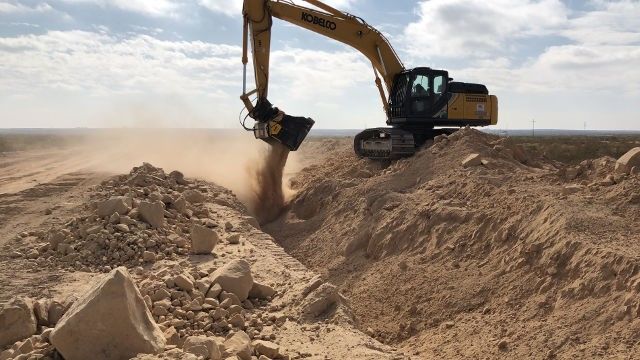
SAND AND ROCK
Let's move onto the United States to look at a high-profile trenching project.
The job for this project was to create backfill for the trench where pipelines will be placed. An MB-HDS320, installed on a SK300LC Kobelco, helped break down sand and rock, helping the customer achieve their desired results in terms of time/output ratio.
High output, fast, and easy to use: MB equipment's performance was outstanding.
DUST AND ASH
We are in Italy, at an industrial site, where they specialize in mixing and crushing waste into dust and use big bags as containers to transport waste material.
The bags contained dust from vehicle paint equipment.
The MB-HDS314 star screen, installed on a Volvo L50 loader and equipped with the RM shaft kit, broke down the dust that turned into mud from the damp conditions.
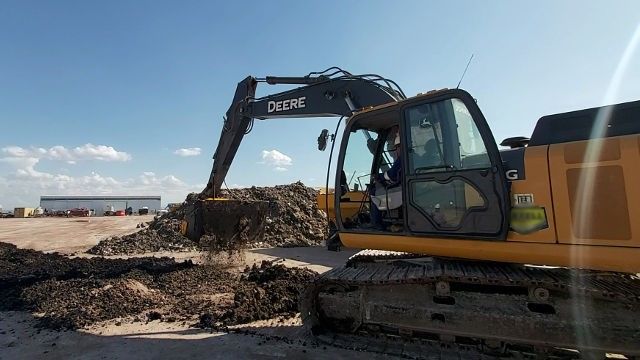
SOIL CONTAMINATED WITH HYDROCARBONS
Finally, we go to the oil field in Patagonia, Argentina.
There are numerous companies in the extraction, logistics, and environmental remediation fields operate here and are seeking innovative solutions that allow them to reclaim contaminated land and protect the environment.
One of these companies found a solution with the MB-HDS320 shafts screener, installed on a John Deere 20T excavator and equipped with the RM shaft kit, making it possible to screen hydrocarbon contaminated soil to facilitate reclamation projects.
✔recycling waste material
✔reducing Co2 emissions
✔minimizing the number of times material is transported and using the resources available on site
